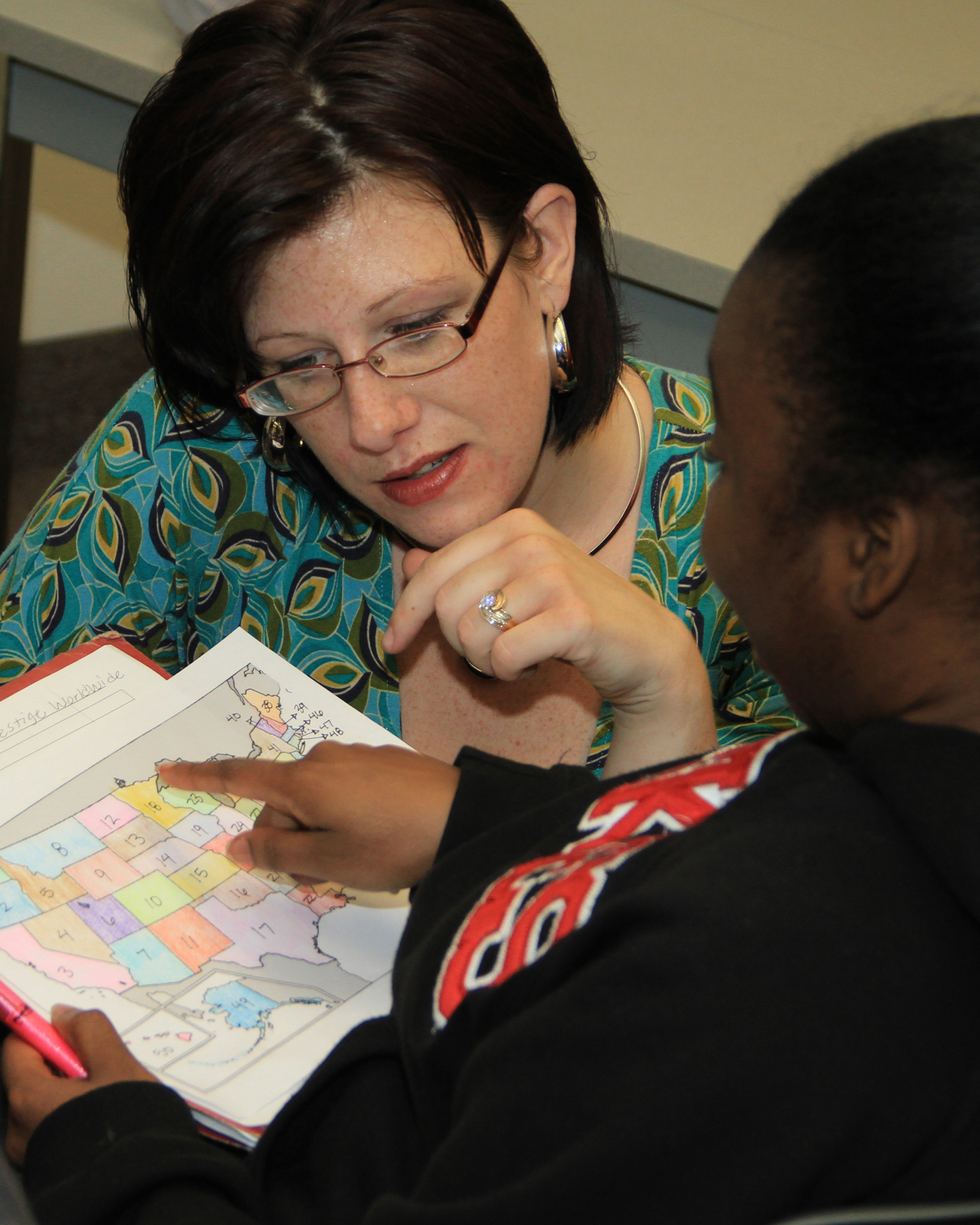I Diggio Wiggio!
By Paul Keyworth
Wiggio is a versatile community-building and collaboration tool recently acquired by Brightspace and fully integrated into D2L. It is especially useful for managing group projects. Indeed, I have been using it for the past few months for that purpose, including organizing the A.T.T.N! blog. For me, the most impressive feature of Wiggio is its wide variety of functions for enabling communication within groups. For example, one can “hold group discussions, assign tasks to group members, poll members, share calendars and schedules, upload and manage [and edit] group files, and communicate using live conference calls, video conferences, chat rooms, texts, emails, and voice mail” (D2L Resource Center).
As an instructor, you can set up groups by adding and inviting group members using their e-mail addresses. Or, you can have students set up their own groups with or without the presence of the instructor. In fact, they can do this on their own volition once they have access to Wiggio. It is also possible for students to set up sub-groups within groups which could be useful for group projects.
The current limitations for conference calls and virtual meetings are:
Conference Calls are 50 group members per call // Virtual Meetings are 10 group members per call.
Find out more about Wiggio by checking out the D2L Resource Center.
Also, WiggioProductions have posted a useful overview video on their YouTube channel.
QUICK TIP: When logging in, if you cannot remember the password you created, click on the red banner at the bottom which leads you to MnSCU’s D2L system where you can log in using your Star I.D.
Lastly, if you would like the Wiggio component added to one of your classes, please contact us using the tab at the top of the page. Once you have Wiggio set up in D2L, you can simply access it through there rather using the link.





